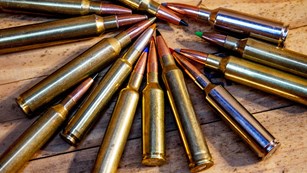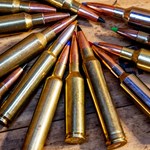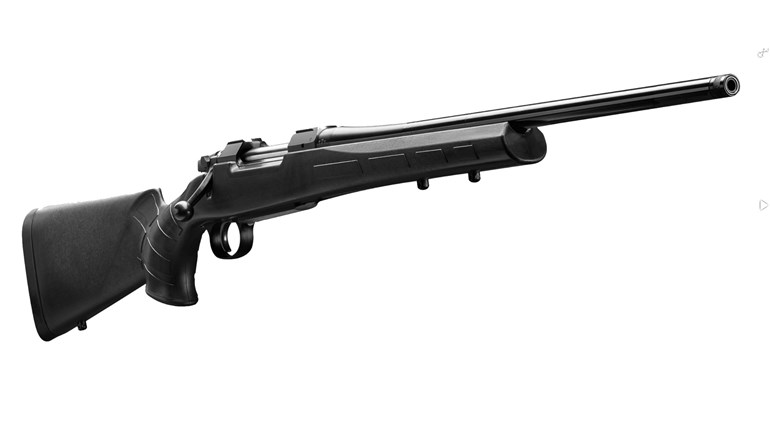
Real “experts” don’t let commonly held dogmas corral them. They’re out-of-the-box thinkers. They understand and utilize commonly held solutions, but they also know how and when to break these rules.
Parrey Cremeans, an outfitter in California and a pro-staffer for Mossy Oak, is one such expert elk hunter. We’re talking about calling tactics for public-land elk and he has my attention from the start when he says, “I don’t follow the conventional wisdom. I don’t think a hunter should necessarily call less or more passively when on pressured ground. I think a hunter should let realism explode from his setup.”
Elk are naturally vocal animals, explains Cremeans. Calling shouldn’t alert them or spook them. Not if you’re doing it right.
“If you don’t know the difference between a cow bark, which is a warning call, and a cow mew, then, okay, your calls might be spooking elk because you need to learn how to speak elk,” he notes. “Even bugles say many different things. Some say, ‘Here I am’; others say, ‘I wanna kick your butt.’ The pitch of a bugle vocalizes the bull’s age just as the cracking voice of a 12-year-old boy is different from a man’s deeper tone.”
To learn to speak elk, he recommends calling videos at mossyoak.com and elk101.com. “Just watch a lot of videos,” Cremeans says. “Go to YouTube, and use the manufacturers’ CDs. Take it on like you’re trying to learn a foreign language—which you are—and you’ll pick it up.”
Cremeans explains that when he is hunting pressured elk, beyond getting himself in the right place at the right time and simply knowing how to call, he puts on an act cast to draw in a bull. Cremeans is sponsored by and likes Rocky Mountain Hunting Calls products. “I carry three or four, reed and diaphragm calls around my neck. I also have several grunt tubes with me,” he says. “This depends on the situation, but I’ll often use them together as I move around and rake trees and create a lot of sounds.”
By going big—and not just big, but realistically big—Cremeans convinces even pressured bulls. Satellite bulls might slip in and, if he’s in the right spot, a herd bull might show up to deal with a threat or to round up a lost cow. He stresses that you have to listen to the elk and tell them what they need to hear. You also have to create a realistic scenario—you can’t just create a herd where the elk know by experience there haven’t been elk.
Justin Richins, one of NRA Outdoors’ quality hunting outfitters, says killing a pressured bull is more about movement and location. I’ve hunted with Richins, and he is always questioning everything as he learns. He primarily hunts in Utah and Wyoming.
“With pressured elk, don’t get call-crazy,” he advises. “Get high, glass and listen. Public-land elk often get bumped, and a lot of people call at them from a long way off. When one answers, don’t keep calling, move in. Get as close as you can and cow call.”
Chad Schearer, host of “Shoot Straight TV” and a world-champion elk caller, admits there’s more to calling elk than just calling. “Being a world-champion caller helps, but it doesn’t make you a world-champion hunter,” he says. “I call less for more bulls. I take the temperature of what is happening—how hot the rut is, the hunting pressure, the weather and wind—and primarily use a double-reed cow call. But before I even call, I get as close as possible to a bugling bull.”
Even though Schearer moves in on bulls, he remains low-key. “I’m intense about checking the wind—I even watch the cloud cover, as it affects the thermals. I’ll back off if the wind is iffy,” he explains. “I’ll start calling quiet and make elk noises—I might pull up grass to simulate a feeding cow elk or crack twigs to mimic a walking elk. I’ll use calf sounds and, if I’m bugling, will always sound smaller than the bull I’m calling.”
All three of these elk experts stress that it’s a conversation, a process. Calling is all about understanding the elk you are hunting and then convincing a bull you are an opportunity, not a threat.




































